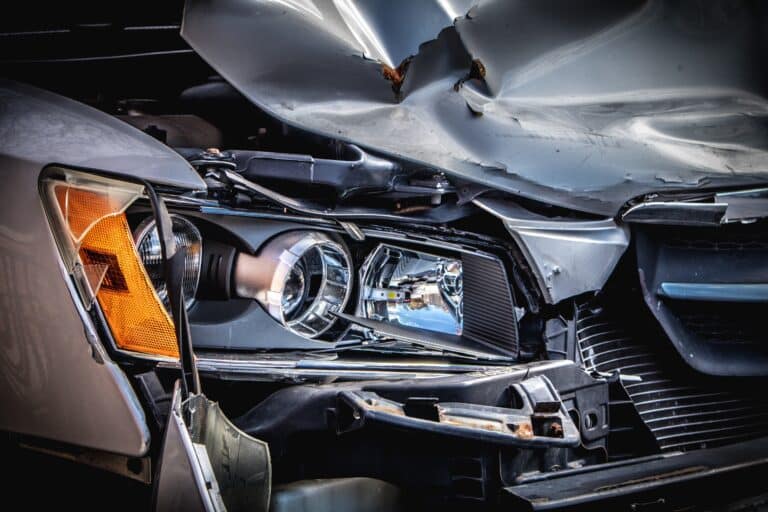In our last post, we began speaking about some of the factors that play
into medical malpractice litigation, particularly when such litigation
may or may not be a viable option for an injured patient. As we noted,
the viability of a medical malpractice case really depends on specific
factors, such as the extent and seriousness of the injuries and the patient’s
loss of earnings.
Along with these factors, any limitations on the patient’s ability
to win damages must be considered. Here, we are talking primarily about
damages caps. Some of our readers may know that Governor Nixon
signed a bill into law earlier this year which caps certain damages in medical malpractice cases.
Specifically, the law caps noneconomic damages at $400,000 in most medical
malpractice cases. To be clear, the law does not affect economic damages,
which include the cost of medical care and lost earnings. The term noneconomic
damages refers to damages such as pain and suffering, loss of enjoyment,
and similar damages that cannot be readily measured in monetary terms.
The idea behind capping these damages is to reign in excessive awards
and to reduce the cooling effect on health care providers.
So, part of the reason behind capping these damages is that it is good
for the economy. The problem, of course, is that noneconomic damages can
be very important in medical malpractice cases, particularly in cases
where the patient doesn’t have much coming to them in the way of
economic damages. This could be because the nature of the injury is such
that medical costs addressing it are not that significant, and/or because
the patient didn’t have significant earnings at the time of the injury.
In our next post, we’ll wrap up this discussion and offer some thoughts
on how an experienced attorney can help those who have
suffered from medical malpractice.




